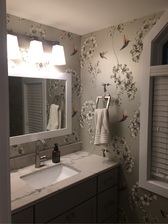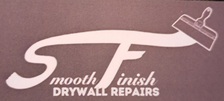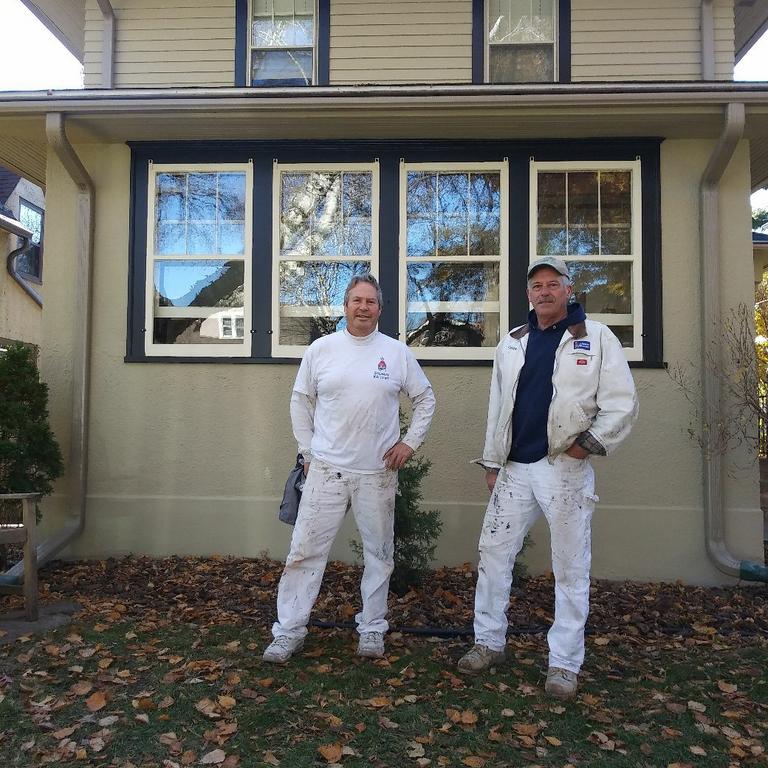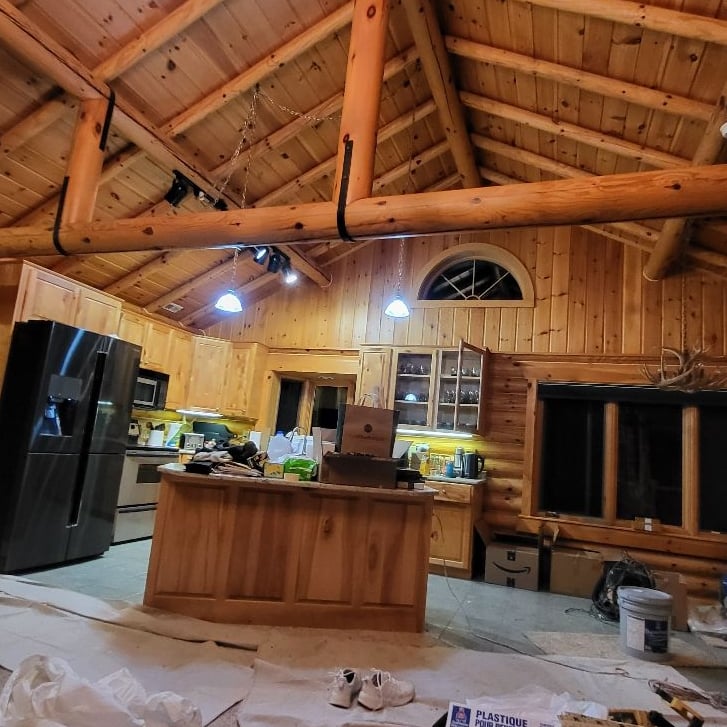
Cutting Edge, Inc.
Cutting Edge, Inc.
Cutting Edge Inc., is your best choice in Minneapolis and the surrounding communities for all your interior wallpaper and painting needs! We take great pride in providing the highest quality finished projects and our customer service is second to none! Our customer's complete satisfaction is our top priority! Call us today for a free estimate!
"Very responsive and quick to do the bid and fit me into his schedule, even had painters arrive early to meet my schedule. Pretty good clean up, but overall a very good experience."
Hilary S on February 2024
Cutting Edge Inc., is your best choice in Minneapolis and the surrounding communities for all your interior wallpaper and painting needs! We take great pride in providing the highest quality finished projects and our customer service is second to none! Our customer's complete satisfaction is our top priority! Call us today for a free estimate!
"Very responsive and quick to do the bid and fit me into his schedule, even had painters arrive early to meet my schedule. Pretty good clean up, but overall a very good experience."
Hilary S on February 2024













